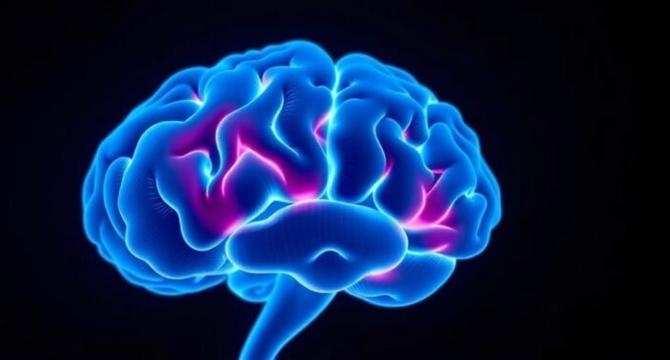Bioengineer
1d
149

Image Credit: Bioengineer
Penn Researchers Develop New Guidelines for Diagnosing Memory Disorder Often Confused with Alzheimer’s Disease
- New guidelines to diagnose Limbic-predominant age-related TDP-43 encephalopathy (LATE), a condition frequently confused with Alzheimer's disease have been launched, giving access for proper patient care.
- The diagnostic framework has recently been made public in a collaboration led by researchers from Penn Medicine, highlighting their commitment to advancing our understanding of this troubling memory-loss syndrome.
- Currently, there is no specific test for detecting TDP-43 in a living patient. The diagnosis of LATE relies heavily on cognitive evaluations and imaging techniques
- LATE primarily affects individuals aged 80 and above, causing cognitive decline manifested through memory loss.
- Research indicates that approximately 40% of adults over the age of 80 show signs of TDP-43 buildup, underscoring the widespread nature of LATE within this demographic.
- Autopsy studies have shown that a significant portion of individuals diagnosed with Alzheimer’s also exhibit signs of LATE, which adds complexity to the diagnostic process.
- Accurate diagnosis of LATE not only sets the groundwork for further explorations into TDP-43-focused clinical trials but can also shed light on how existing treatments impact individuals afflicted by both LATE and Alzheimer’s.
- The lack of an existing test for TDP-43 highlights the ongoing need for innovative methodologies and research initiatives.
- The new diagnostic criteria for limbic-predominant age-related TDP-43 encephalopathy demonstrate a notable advancement in dementia research and patient care.
- As the healthcare community works to implement these guidelines, the hopes of better diagnosis and treatment for individuals suffering from this condition come into clearer focus.
Read Full Article
8 Likes
For uninterrupted reading, download the app